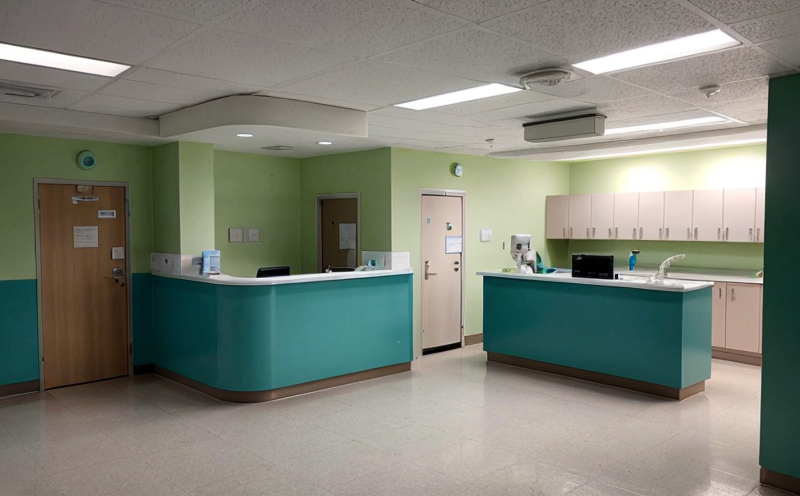WHO Mycobacterium tuberculosis Airborne Detection in Hospitals
The World Health Organization (WHO) recognizes Mycobacterium tuberculosis as a significant public health issue. Tuberculosis is responsible for millions of infections and deaths annually, making the detection and control of airborne transmission critical in healthcare settings. This service focuses on detecting M. tuberculosis in hospital environments to ensure patient safety and compliance with global standards.
Our laboratory employs advanced technologies to detect TB bacteria in air samples collected from various areas within hospitals. By leveraging state-of-the-art instrumentation, we adhere to strict protocols that guarantee accurate detection of the bacteria responsible for causing tuberculosis. The service includes specimen preparation, data analysis, and reporting according to international guidelines.
The primary goal is to identify potential sources of airborne transmission in hospital settings where vulnerable populations are at high risk. This approach helps healthcare facilities maintain a safe environment, which is essential for patient care and overall public health.
In this service, we focus on the following areas:
- Collection of air samples from critical zones within hospitals
- Preparation of specimens in accordance with international standards
- Detection and quantification of M. tuberculosis using sensitive molecular techniques
- Data analysis to generate accurate reports for stakeholders
The service ensures that healthcare facilities comply with WHO recommendations regarding the control of TB transmission, particularly in high-risk areas such as intensive care units, operating theaters, and patient wards.
| Applied Standards | Our laboratory adheres to the following international standards:
|
|---|
The use of these standards ensures that our laboratory remains at the forefront of best practices for airborne detection in healthcare settings. We are committed to providing accurate, reliable results that contribute to the overall health and safety of patients.
Why It Matters
Detecting M. tuberculosis in hospital environments is crucial because it directly impacts patient care and public health. Infection control measures must be stringent to prevent the spread of TB, especially in healthcare settings where vulnerable individuals are at greater risk.
The detection of airborne M. tuberculosis can help identify potential sources of transmission, enabling healthcare facilities to implement targeted interventions. This proactive approach is essential for preventing outbreaks and reducing the incidence of nosocomial infections. By detecting M. tuberculosis early, we contribute to a safer environment that supports patient recovery and reduces the burden on healthcare systems.
Our service focuses on critical areas within hospitals where the risk of airborne transmission is highest:
- Intensive care units
- Patient wards
- Operating theaters
- Nursing homes
The identification and control of TB in these environments are vital for maintaining a safe healthcare setting. This service ensures that hospitals comply with international guidelines, thus promoting a culture of safety and quality.





